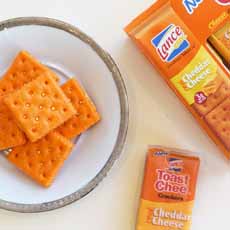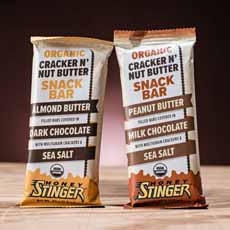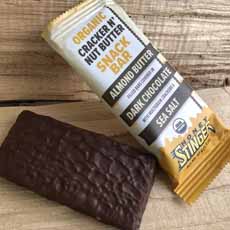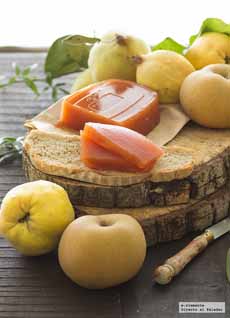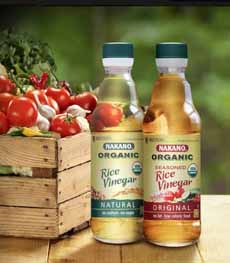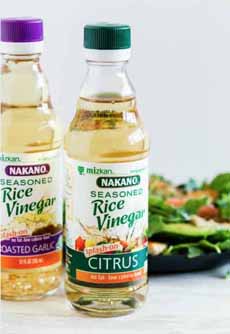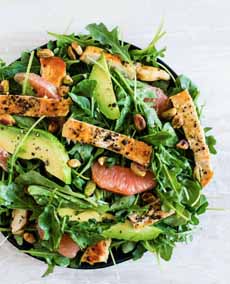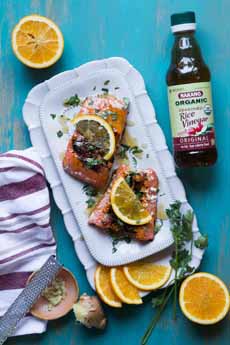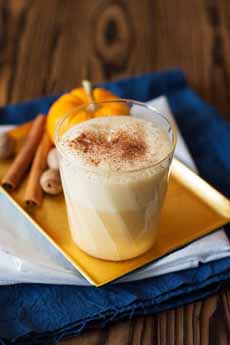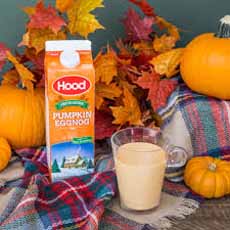|
Matzo, variously translated from Hebrew as matzoh, matza, matzah, matztzah and other spellings, is a 3,000-year-old accidental recipe.
SOME MATZO HISTORY
As anyone who knows the story of Exodus will remember, in the time of Moses, Egypt’s pharaoh* finally agreed after much appealing, and then the 10 plagues, to let the enslaved children of Israel go.
The Israelites left their homes so quickly that they didn’t have time to bake bread for the journey. Instead of waiting hours for the dough to rise, they made an unleavened mixture of flour and water that baked up flat.
Later, as they celebrated Passover, the commemoration of the Exodus, unleavened matzo was designated the only bread permitted during the eight-day observance.
The dry, flavorless quality bothers some observant Jews, then and now. Passover matzo is just flour and water, no salt. (That said, matzo tastes similar to Carr’s water crackers, a popular specialty cracker.)
It’s no surprise that the Hebrew word matztzah (plural matztzoth), literally means “juiceless.” (In English it’s also spelled matza, matzo, and matzoh, among other transliterations from the Hebrew.)
> The history of matzo ball soup.
MODERN MATZO
We are one of the group of eaters who loves matzo and eats it year-round (in addition to other crunchy flatbreads like lavash and Swedish crispbread).
One can now find year-round options from companies like Manischewitz, Streit’s, and Yehuda that include ancient grains, egg, and onion; are unsalted, lightly salted, whole wheat, or gluten-free.
They’re a step up from saltless matzo, but a great leap forward has been made by The Matzo Project, a line of delightfully flavorful matzos.
ENTER: THE MATZO PROJECT
The Matzo Project was conceived by a woman who had been contemplating improving the flavor of matzo for nearly 20 years. She casually mentioned it to a friend one day and boom! The duo set out to improve “the culturally beloved, but traditionally flavorless box of matzo.”
They have succeeded grandly, producing super-crunchy, extra-sturdy, very flavorful matzo boards and crackers in:
Cinnamon Sugared
Everything
Salted
Specialty flavors like Harissa (exciting!)
Each flavor is more delicious than the next, in:
Matzo Boards (Everything and Salted)
Matzo Chips (Cinnamon Sugared, Everything, Harissa, Salted)
Chocolate Matzo Ungapotchkies, matzo clusters dipped in chocolate (currently sold out, alas)
The Whole Megillah, a gift box of everything
Matzo Ball Mix & Matzo Ball Soup Kit
New items will be available soon, including Smatzo, and s’mores matzo crackers.
The line is certified OU kosher and has a spokesbubbe (grandma spokeswoman), whose presence and advice enliven every package. Here’s ours:
You don’t have to be Jewish to love The Matzo Project. You just have to love a crunchy, yummy cracker.
|
|

[1] These creative crackers have a spokesbubbe, a spokes-grandma. Here she advises, “Call your mother” (all photos courtesy The Matzo Project).
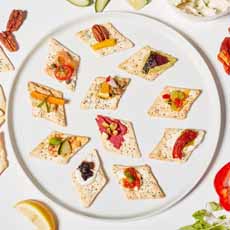
[2] The matzo is made in both convention boards and crackers.

[3] Who needs a bagel? Heap cream cheese and smoked salmon on Everything matzo.

[4] Instead of a gingerbread house for the holidays, build a matzo house.
|

